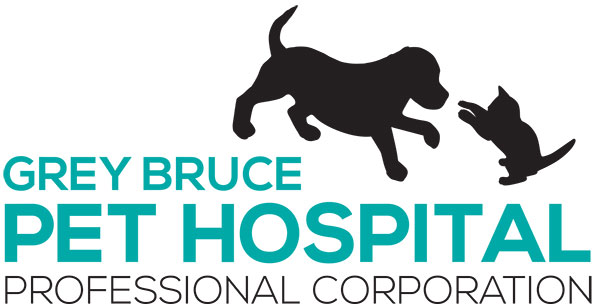New year, new you? We are totally on board with that! We also hope you spend some time thinking about healthy habits for your pet in the new year! According to the Association for Pet Obesity Prevention, 53% of adult dogs and 55% of cats in the US are obese or overweight. 22% of dog owners and 15% of cat owners said their pet’s weight was normal when it was actually overweight or obese. Does this surprise you?
Dogs and cats age quicker than humans, so it is even more crucial for our companion animals to receive regular exams. In addition, the risks of arthritis, cancer, diabetes, heart disease, hormonal disorders, and kidney and liver problems all increase with age. During these exams, we’ll be certain to discuss your pet’s overall health, lifestyle, weight, and diet to make sure you’re doing everything you can do for your pet.
We have some healthy weight tips for your pet!
- Make sure they’re being fed appropriately! Your pet’s food should be labeled for her species, and it should be tailored to her needs regarding age, activity level, and health status. If you have a puppy, she’ll benefit from higher-calorie puppy food. If you have a senior cat with early-stage kidney disease, you should choose a food formulated for cats with kidney disease and feed her the appropriate daily amount based on her activity level.
Be sure to limit your pet’s treats, and do not feed table scraps. Treats should never account for more than 10 percent of your pet’s recommended daily caloric consumption.
Food aisles at pet stores can be overwhelming. Ask us for help choosing a food that would be appropriate for your pet. - Be aware of a problem. No one spends more time with your pet than you, and it’s up to you to notice weight fluctuations both up and down. A pound or two for a small cat or dog can make a big difference. If your pet is at a healthy weight, you’ll easily be able to feel all of her ribs without seeing them. When viewed from the side, she’ll have an “abdominal tuck,” where there is a clear waistline.
- Make activity a big part of your pet’s life. We have tips for enriching your cat’s life on our blog, and it has great examples of activities you can provide to your cat to keep them active. Every good weight loss or maintenance plan includes exercise. Get active with your pet: Increase walking frequency or length with your dog. Encourage your cat to chase a laser pointer or remote-controlled toy. These activities will also help to strengthen the bond you share with your furry pal.
- Talk to us! We’re here to help. Don’t be afraid to ask, “Is my pet overweight?” Our team will determine your pet’s body condition score (BCS) and exactly how much weight she should lose.
Your pet’s weight is tied to their overall health and can become more of a problem as they get older. Let us work with you to make sure they’re looking and feeling their best so that they can use a long, happy life.




